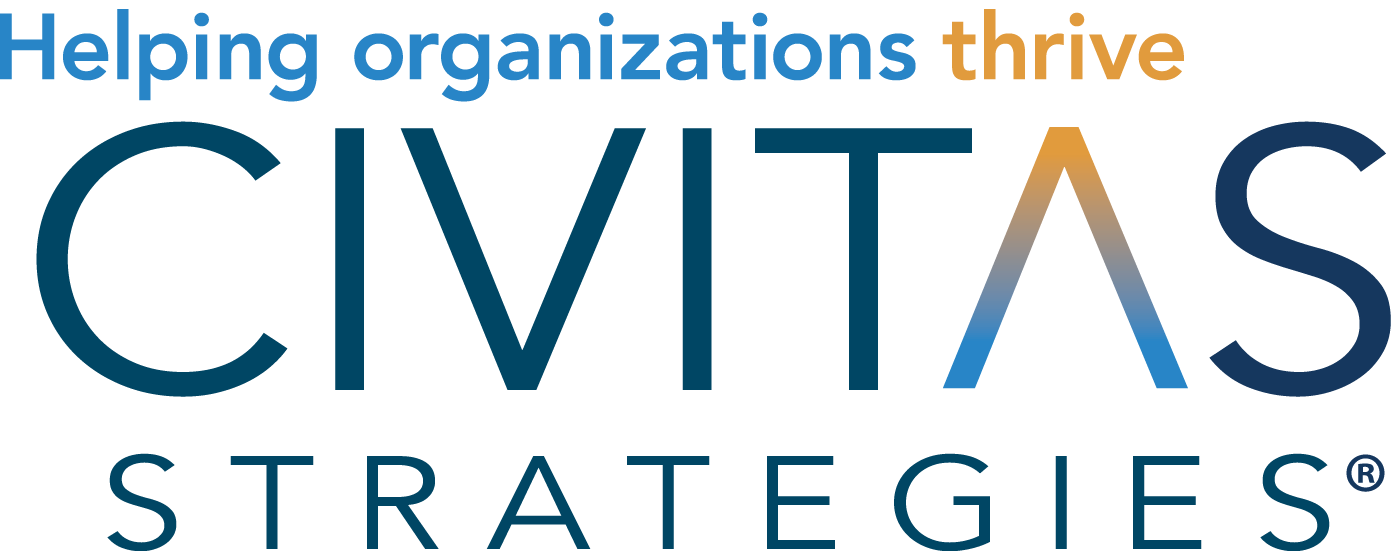Raising Wages in Child Care: What You Need to Know
Raising wages is one of the clearest ways to show your staff that you value them. But for many child care business owners, the idea of increasing pay can feel overwhelming. How much should you offer? Can your budget handle it? And how can you make sure it helps with staff retention?
This post walks you through what to consider before making a move.
1. Understand the Impact of Pay Increases
Pay increases do more than just boost morale. They can:
Reduce turnover
Increase staff satisfaction
Attract new applicants
Improve program quality by retaining experienced staff
But not all raises have the same effect. To make the most of a pay increase, you need a clear plan.
2. Know the True Cost
A raise is not just the extra dollars in each paycheck. You also need to account for:
Payroll taxes and increased benefit costs
The impact on your overall budget
Possible changes to your staffing plan or tuition structure
Effects on employee eligibility for public programs like WIC, child care assistance, or housing subsidies
For example, if a staff member receives a raise that pushes their income above a program’s cutoff, they could lose access to critical benefits. This may make a small raise feel more like a loss than a gain. It is important to weigh these outcomes as part of your planning process.
3. Set a Goal and Strategy
Before you increase pay, ask yourself: What am I trying to achieve?
Your goal might be to:
Stay competitive with nearby programs
Reduce staff turnover
Reward loyalty and experience
Recognize new certifications or qualifications
Once your goal is clear, you can build a strategy that fits. This could include:
Flat raises for all staff
Tiered raises based on roles, experience, or performance
One-time bonuses
Non-financial recognition paired with a raise
4. Communicate with Purpose
Do not underestimate the power of clear, honest communication. Even a small raise can have a meaningful impact if it is tied to a larger message: You matter, and we are committed to supporting you.
Try:
Framing the raise around your values as a program
Explaining why the decision is being made
Outlining how it supports long-term goals for staff and children
Being transparent about your budget and any future plans
This kind of communication builds trust and shows staff that you are thinking carefully about their well-being.
5. Make It Sustainable
A pay increase should not put your business at risk. Before making changes, consider:
Reviewing your current income and expenses
Running projections for the next six to twelve months
Considering whether adjustments to tuition or schedules may be needed
Exploring new revenue sources or cost savings
A sustainable pay increase is one that you can continue over time, not just for a few months. If you are unsure whether your business can handle a permanent raise, considering a one-time bonuses as an interim step.
Final Thoughts
Raising pay is a powerful tool for retaining staff and strengthening your program. But it works best when it is thoughtful, realistic, and tied to a clear purpose.
📘 See more here: https://www.weca-cses.com/pay-increases
